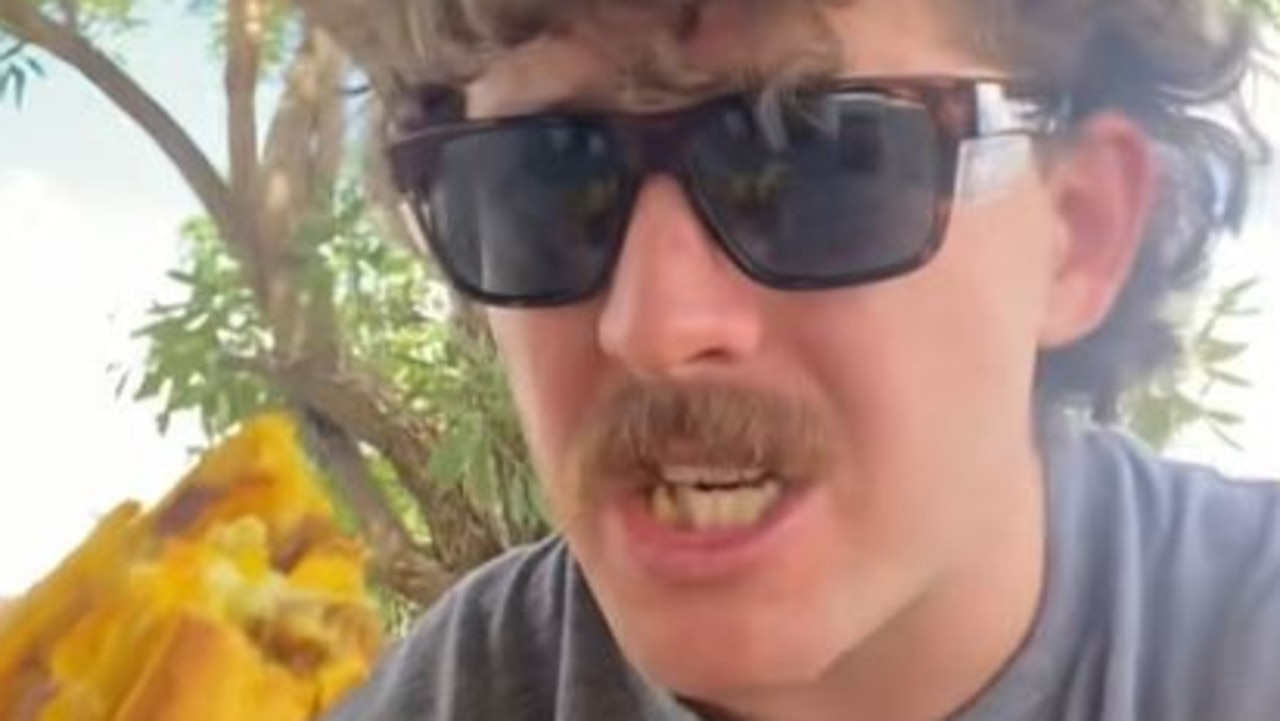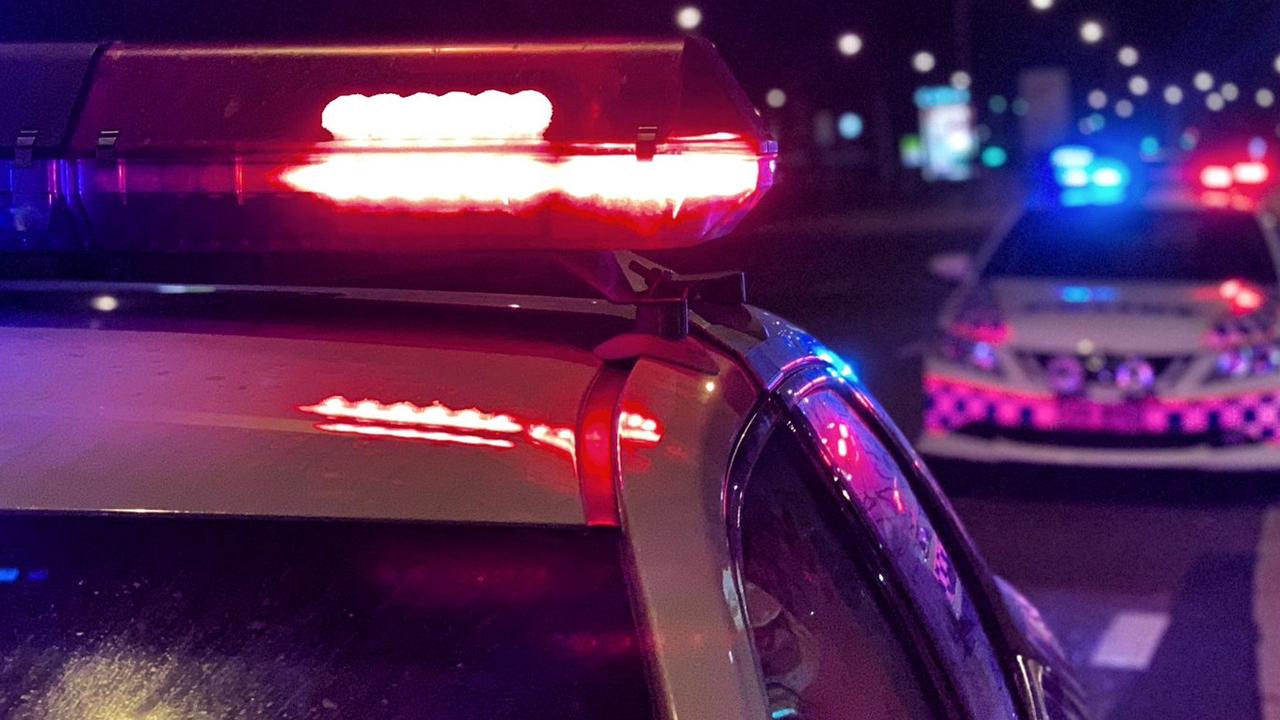5 heart wrenching times CQ war heroes suffered in battle
HORROR ordeals Central Queensland's war heroes endured for freedom.
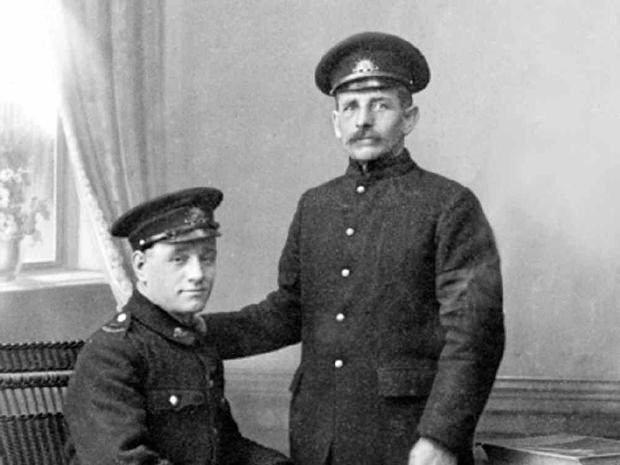
Rockhampton
Don't miss out on the headlines from Rockhampton. Followed categories will be added to My News.
COUNTLESS names and faces, long gone but not forgotten, tell the meaning of Anzac.
Their tales of mateship, survival and determination are the recurring themes of those who risked, and tragically for some sacrificed, their lives in times war.
They are not alone in their battles.
Below are five stories of some of the Central Queensland service personnel we remember today, Anzac Day 2017.
LETTERS FROM BEHIND BARS: ROCKHAMPTON PRISONER OF WAR
ROCKHAMPTON man Peter Lorenzen was one of thousands of Australian soldiers captured by the German Army in WWI.
Born in Denmark, he enlisted aged 40 on March 6, 916 and embarked as a member of the 15th Battalion on August 8, 1916 aboard HMAT Itonus.
He was captured in Rennecourt, France on April 11, 1917 and held as a POW in Germany.
On April 1, 1918, Pte Lorenzen wrote home from POW Camp Schneidemuhl. Germany praising the Red Cross for its help.
Pte Lorenzen was Repatriated to England on December 1, 1918, and arrived back in Australia on June 2, 1919.
His friend Herbert Sampson Tharme from Leichardt NSW had been captured at Fleurbaix, France in July 1916 and was held as a POW until he was repatriated to London in December 1918.
In all, 3850 Australians were captured on the Western Front between 1916 and 1918 and a total of 395 died in captivity in the First World War.
WWI TRENCH WARFARE: A MIRACULOUS TALE OF SURVIVAL AGAINST THE ODDS
"I'M afraid it's all up."
Gus Mann wrote his heart-wrenching farewell letter to his family as he lay in a shell hole on the French frontline, bleeding from a shrapnel wound to the stomach.
"Hole through stomach, bleeding inside, God protect you. I have done my duty. I hope my country does it to you," are his words from No Mans Land on November 16, 1916.
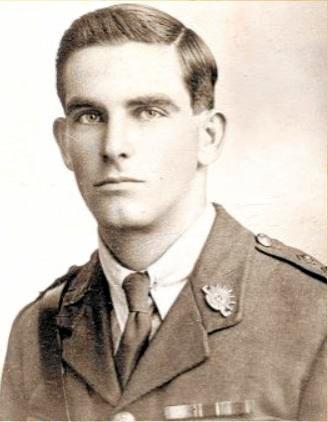
Thirty minutes later he wrote, "Can hardly move. I'm sure we'll win. Felling a bit Dicky. I'm not afraid to die. All my faith in God. Perhaps I'll might meet Fred."
But 20-year-old Gus wasn't finished.
After a night curled up tightly in the shell hole (to minimise bleeding and allow the wound to congeal), only 10 years from enemy lines in Flers, he eventually dropped into a semi-frozen sleep despite the noise of the artillery and the clods of earth raining down into the shell hole from the shelling.
The next morning he managed to crawl 70 yards nearer the Allies lines but "it took some doing".
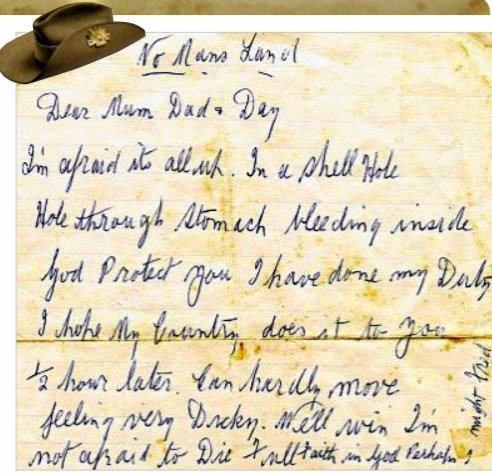
"I got into a large shell hole with (as I thought) a dead man but just as I began to doze off again he came too a bit," Gus was to write later.
"Neither of us felt like talking as I was dead beat and kept dozing off and on all day. It had rained the day before and again, while I was in the second shell hole - night came again - and also a raging thirst."
"On November 18 (Gus' writings continue) I'd lost my water bottle crawling yesterday morning and the other chap's was empty.
"I managed to fill his bottle with muddy water tinged with blood.
"We both had a drink and I filled it up again and left it with him, shook hands and again tried to get back."
"I was pretty weak by this time and made very little progress but I could hear a chap coughing and that kept me going.
"At last I managed to attract attention and a stretcher bearer came out and helped me in.
"I told them about the other fellow and he went back for him. I don't know if he succeeded.
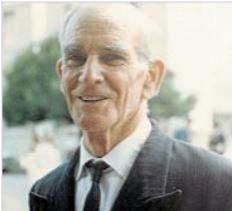
I had a rough time getting back to the dressing station during which i was again wounded."
Gus survived his wounds and it wasn't his only miraculous escape. Three months earlier he had been listed as "died of wounds" after a terrible day for Australian troops ot Pozieres where half his battalion (785 men) died.
DEMONS OF WAR HAUNT OUR HERO
ROY Colvin was one of the first to enlist in Rockhampton when the call for recruits came to join the Austrlaian Imperial Forces in 1914.
Here follows his obituary in The Morning Bulletin in 1925.
THE announcement of the death of 31-year-old Lieutenant Roy Colvin, M.C., of Rockhampton, which occurred at the Corinda Military Hospital, Brisbane, on March 9, 1925 was received with deep regret.
Lieutenant Colvin was born at Duaringa.
When the war broke he was among the first to enlist from Rockhampton with the Australia Imperial Forces.
He left Austlraia with the 9th Battalion and took part in the memorable landing at Gallipoli.
On its evacuation, he proceeded to France.
He received his commission for bravery in keeping the line of communication at Pozieres.
For his distinguished services he was mentioned five times, and received the Military Cross.
Lieutenant Colvin was the first Queensland to receive this military decoration.
The after-effects of the war proved too much , and he entered the Westwood Sanatorium, where he was for a long time.
He afterwards went to the Repatriation Sanatorium at Stanthorpe, and then entered the Military Hospital at Corinda.
He is survived by his widow, and his daughter (12 months).
FAMILY TRAGEDY: THREE BROTHERS FIGHT FOR THEIR COUNTRY
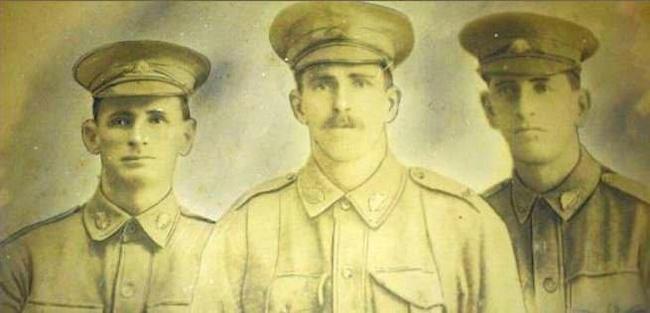
THE Black Brothers from St Lawrence: Darryl William Adam Black (2138), Arthur Herbert Black (6716) and John George Black (2133). Darryl enlisted on April 3, 1916 and proceeded to France aboard Boorara on June 14, 1917.
On July 24, 1918 Darryl was wounded on his right elbow, rejoined his unit in France on October 16 and was discharged from service on September 20, 1919.
He died in 1922 and was buried in a war grave at the Mount Morgan Cemetery.
Brother Arthur Black proceeded to France aboard Kyarra on November 17, 1916. On June 7, the following year, he was gassed with phosgene gas at Messines, in Belgian West Flanders.
He was hospitalised for six weeks, and returned to duty but was not recovering well. In December he could not carry on and was back in hospital.
He died in 1946 and was buried in a family grave in Mackay.
The third brother, John Black, enlisted with his brother Darryl William in the 52nd Battalion. John was wounded in action on October 20.
He was taken sick to hospital a couple of times after but was not further wounded or gassed, and returned to Australia aboard Beltana on July 21, 1919.
He died in 1944 and is buried in an marked grave at Mackay.
BONDS OF MATESHIP: UNCLE ARTHUR'S MATE CHARLIE
By Chris Stewart (story told in part in 2015)
IN MAY, my son and I will drive from Belgium to the French village of Sailly-Laurette to place a poppy, a sprig of wattle and a small Australian flag on grave number 17, Row H, Plot 3 at the Beacon War Cemetery.
Our commemoration of Private Charles Francis Collins, a 28-year-old grazier from Rannes in Central Queensland, will ensure that his best mate's wish is carried out after almost 90 years.
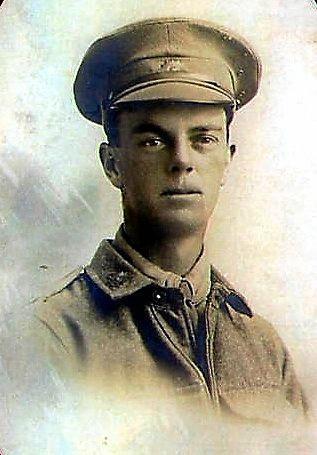
'Charlie' Collins died in June 1918 during an assault on German positions at Morlancourt Ridge overlooking the Somme village where he now lies.
Witnesses from his 25th Battalion said he was struck by shrapnel less than 10 minutes after 'going over the top' and while crossing open ground with his machine gun crew, including Private McDonald who later reported that he dragged his wounded colleague into a shell hole and that, while Charlie was initially conscious, he died quickly.
Later in the night, a recovery party brought Charlie's body back to the Australian trenches where he was buried in a shallow grave with a rough cross marking the spot. After the war, his body (along with many others) was exhumed from the battlefield and moved to the nearest Commonwealth war cemetery.
I didn't know Charlie Collins personally - my father wasn't even born in 1918 - and I have no family connection to him.
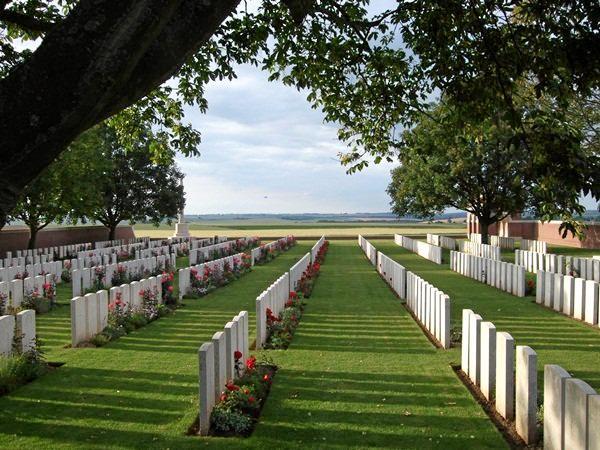
Yet, through a series of chance discoveries, I learned that I am duty bound to visit him, and to ensure that he is not forgotten. Already I have placed a digital poppy and a commemorative message against his name on the British Legion's wonderful website www.everymanremembered.org .
I came across Charlie's name while preparing for our trip to Gallipoli this ANZAC Day and a subsequent visit to Belgium and France. I have been researching my Grandfather, William Hilleard and his two brothers - Arthur (Sam) and Francis (Frank) Hilleard who all fought on the Western Front and returned wounded, but alive.
As I was trawling through the National Archives of Australia website, I spotted a string of notices placed in the Rockhampton Morning Bulletin by my Great Uncle Arthur. They appeared in the second week of June every year from 1919 until Arthur died, and they read:
COLLINS - In fondest memory of my mate Charlie Collins (late B Company 25th Battalion, A.I.F.), killed in action at Morlancourt, 10th June, 1918.
Inserted by A. J Hilleard, late B Company, 25th Battalion
Originally published as 5 heart wrenching times CQ war heroes suffered in battle

